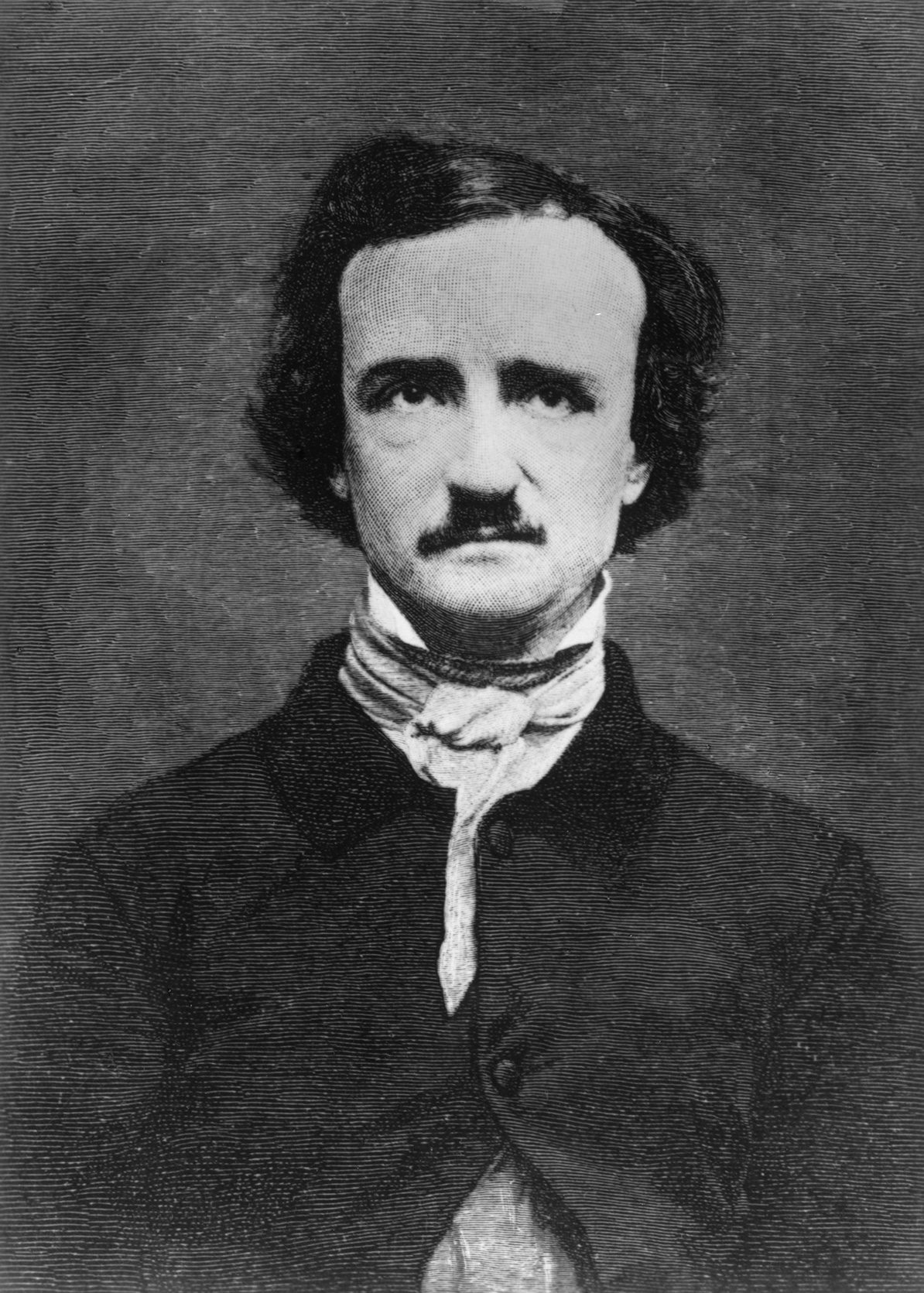When you think of the writings of Edgar Allan Poe, what comes to mind? His work played a foundational role in the mystery and horror literature that followed. His command of Gothic imagery retains an ability to unnerve even today. And his fiction continues to inspire writers working in the present century — even though some elements of his work (his take on race, especially) make for troubling reading today.
Poe died in 1849 at the age of 40. At the time of his death, his most popular book wasn’t one of his stories of the macabre, the supernatural or the murderous. In fact, it wasn’t even fiction. Instead, it was a guide to seashells.
Writing at Atlas Obscura, John Tresch explored this lesser-known aspect of Poe’s bibliography. (It’s an excerpt from his forthcoming book The Reason for the Darkness of the Night: Edgar Allan Poe and the Forging of American Science.) Tresch notes that in 1838, Poe moved to Philadelphia, where he sought writing work. His ability to understand scientific subjects and read French served him well, and he ended up writing The Conchologist’s First Book, intended to be an affordable guide to the subject of how seashells were classified.
Tresch argues convincingly that Poe’s built on the work of others while also introducing innovations that benefited the discipline. (The late Stephen Jay Gould also wrote approvingly of what Poe did in this work.) And it became the best-selling book Poe would write in his own lifetime.
The publication of The Conchologist’s First Book also helped to connect Poe with the publisher who would go on to release his first collection of short stories. Seashells themselves might not be that unsettling, but in their own way they helped to pave the way for one of the most influential tellers of weird fiction ever to write.
Thanks for reading InsideHook. Sign up for our daily newsletter and be in the know.















